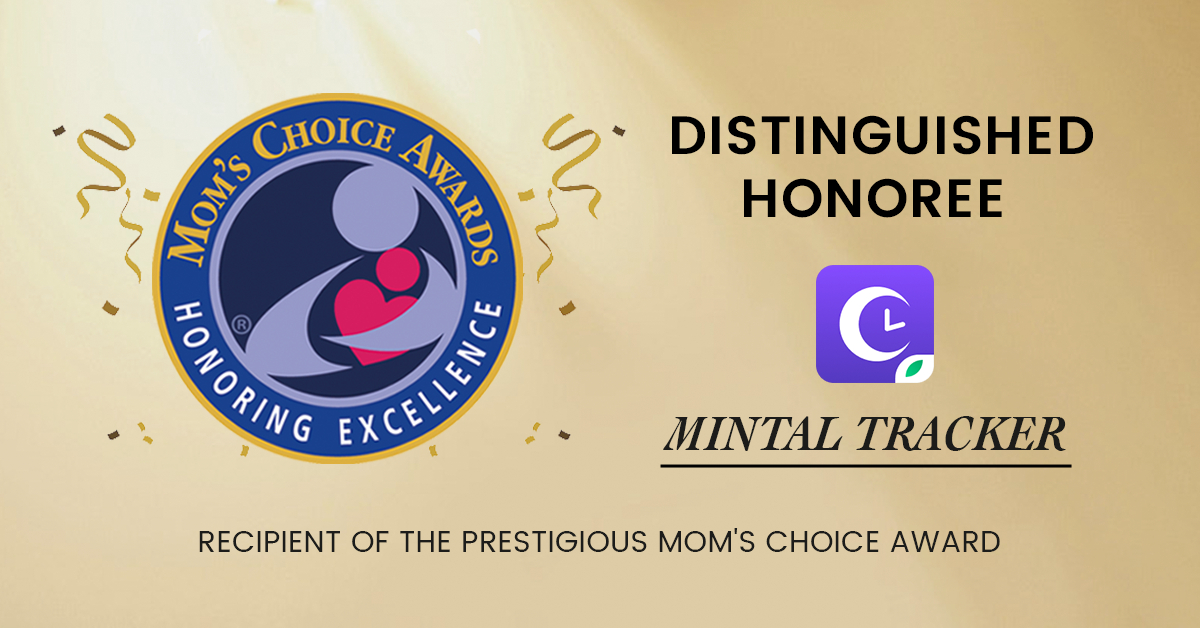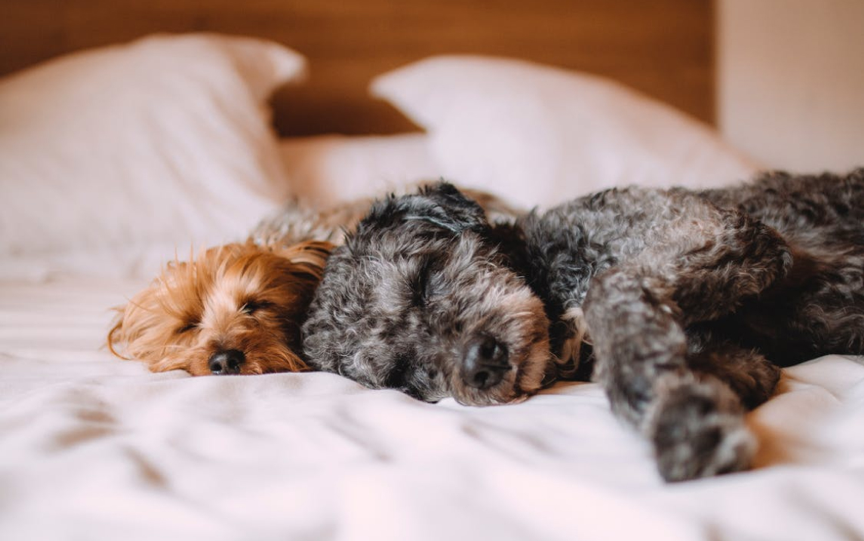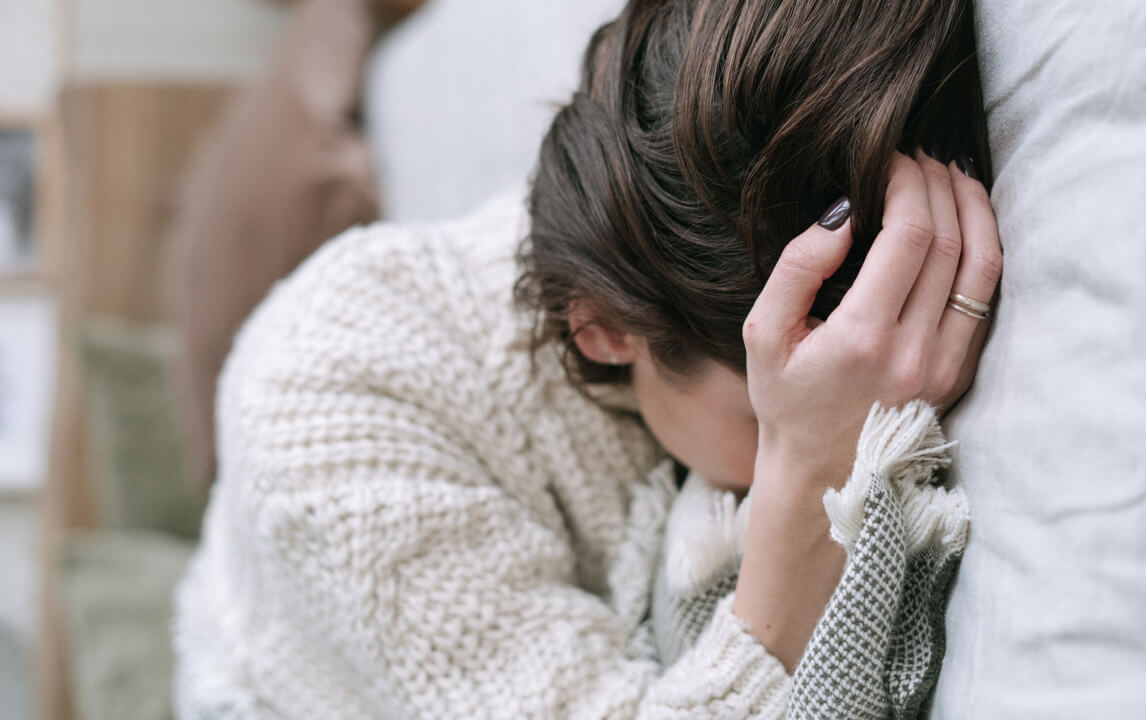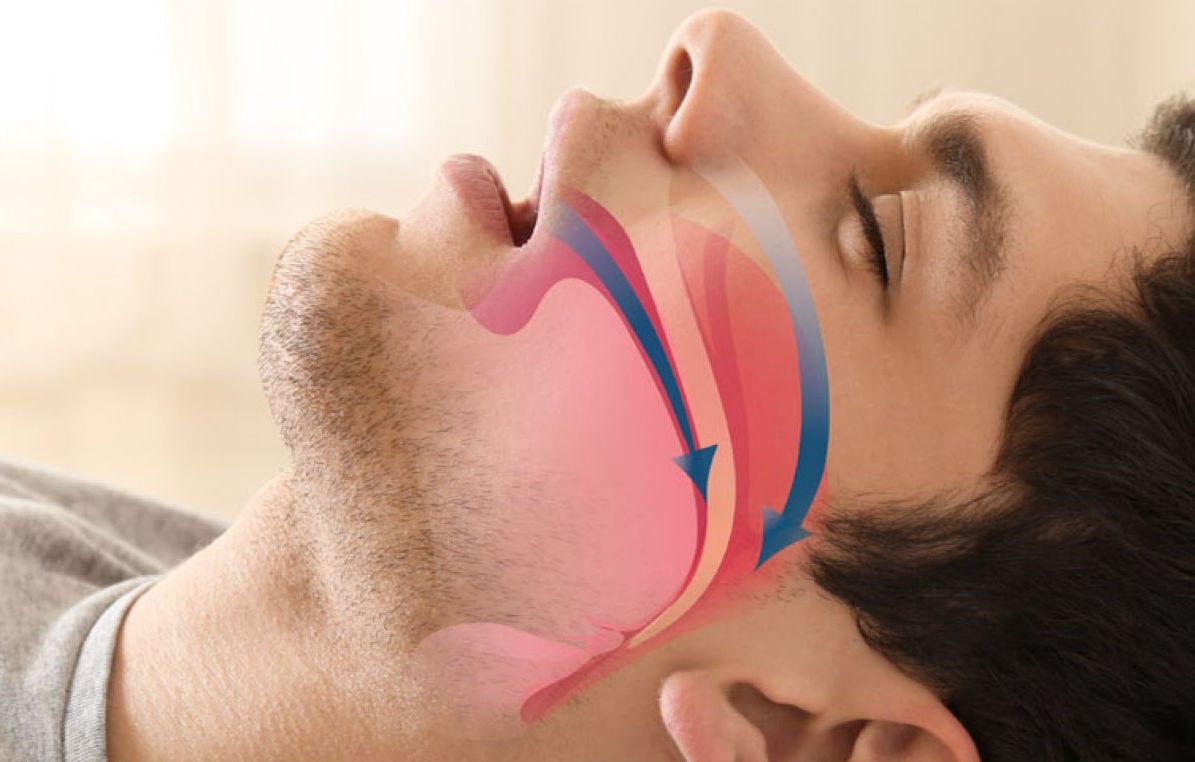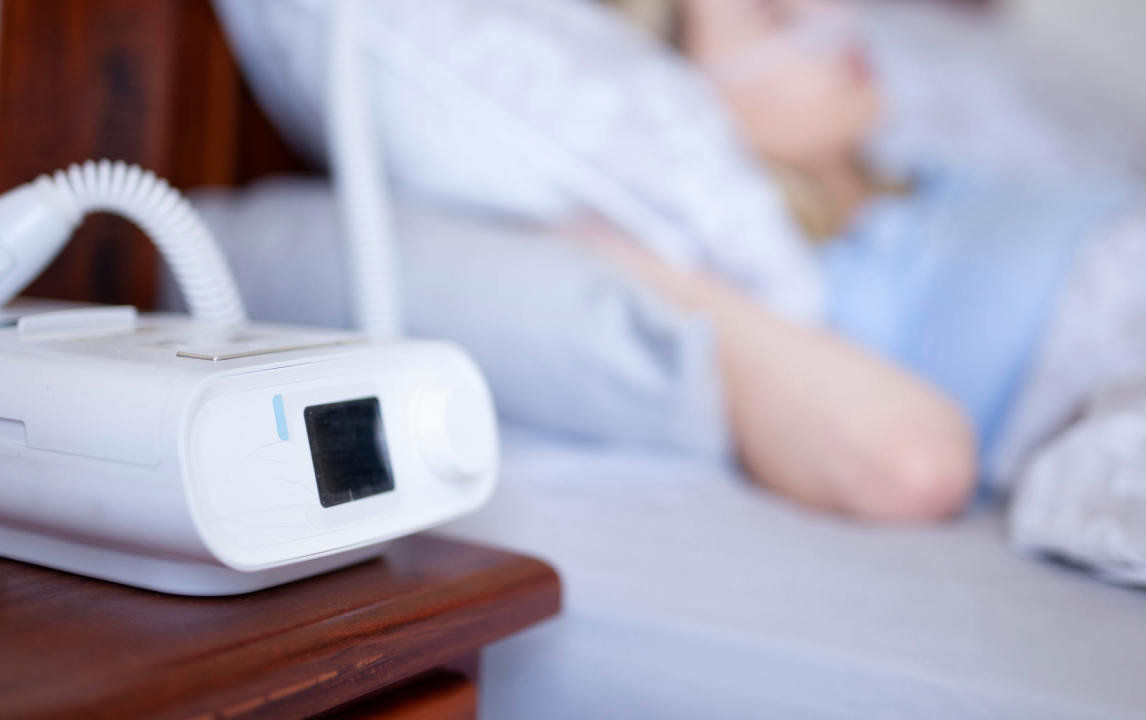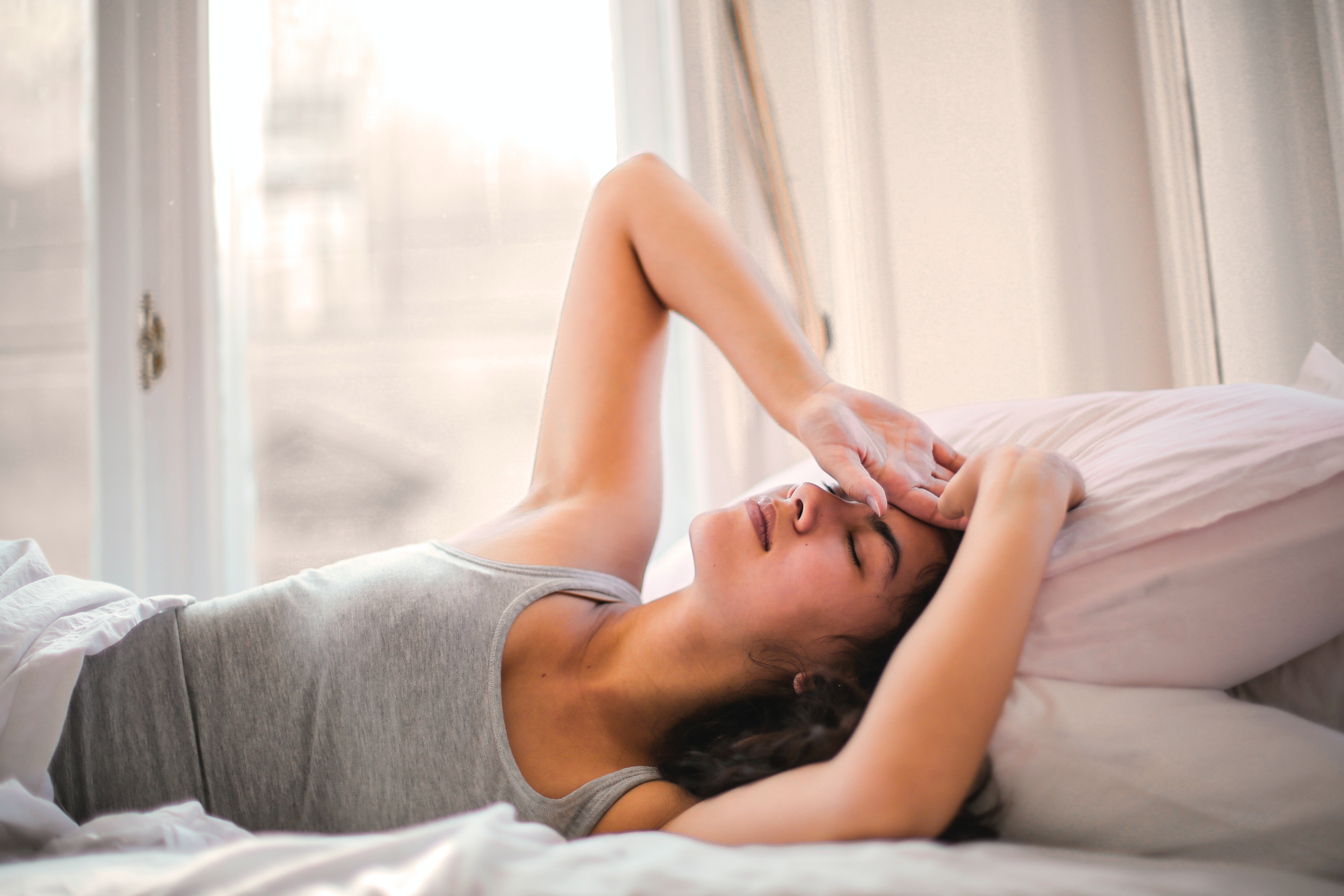*As an Amazon Associate I earn from qualifying purchases. This post contains affiliate links. If you want to buy sth related to health, lifestyle, daily necessities, you can get products at:https://amzn.to/4b4NAiT
“I only get sleep apnea when I’m lying on my back.” If you’ve ever spoken with someone with sleep apnea, you’ve likely heard this before. So what are the best sleeping position for sleep apnea?
Most of us have a favorite sleeping position. Maybe you like to curl up on your side, or maybe you like to relax on your back with your arms and legs spread out. You may even be most comfortable when you lie on your stomach.
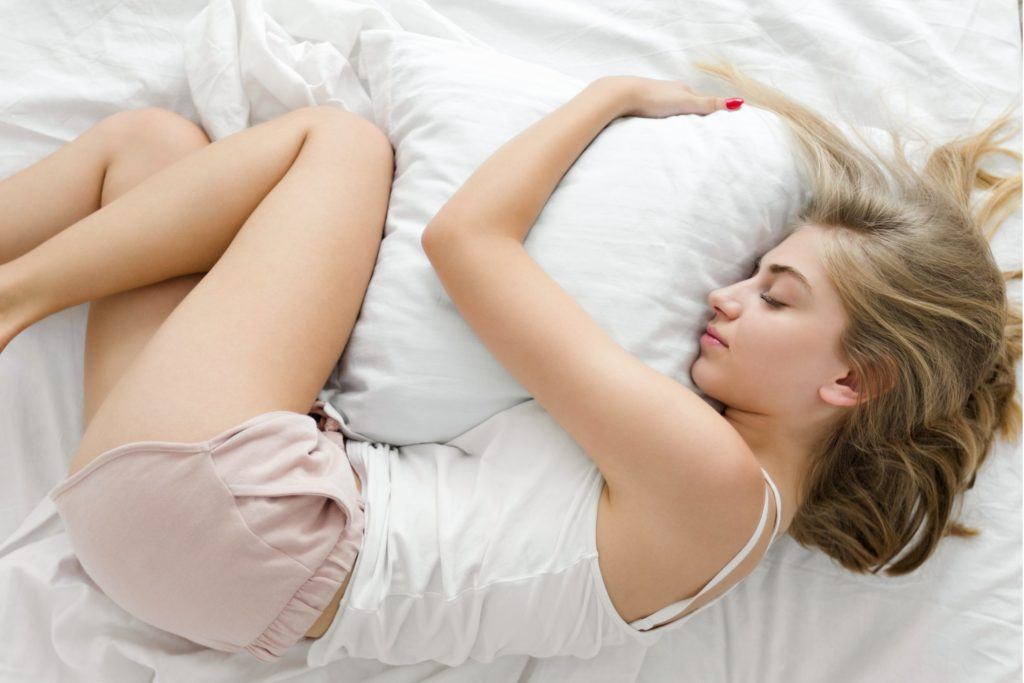
Does Sleeping Position Affect Sleep Apnea?
Can sleeping position really cause sleep apnea? What are the best sleeping position for sleep apnea? In fact, the position you feel most comfortable in can lead to health problems, from pain to sleep apnea.
Sleeping position can affect your breathing at night, which can be a big problem for those who suffer from sleep disorders. Most people fall into one of three categories: back sleepers, stomach sleepers or side sleepers. If you have frequent apnea during the night, you should take a look at how you are sleeping and if you can ease the apnea symptoms just by changing sleeping positions.
What Are the Best Sleeping Position for Sleep Apnea?
1. Back Sleeping
If you lie on your back with your arm up over your head or down close to your body, you might be a back sleeper.
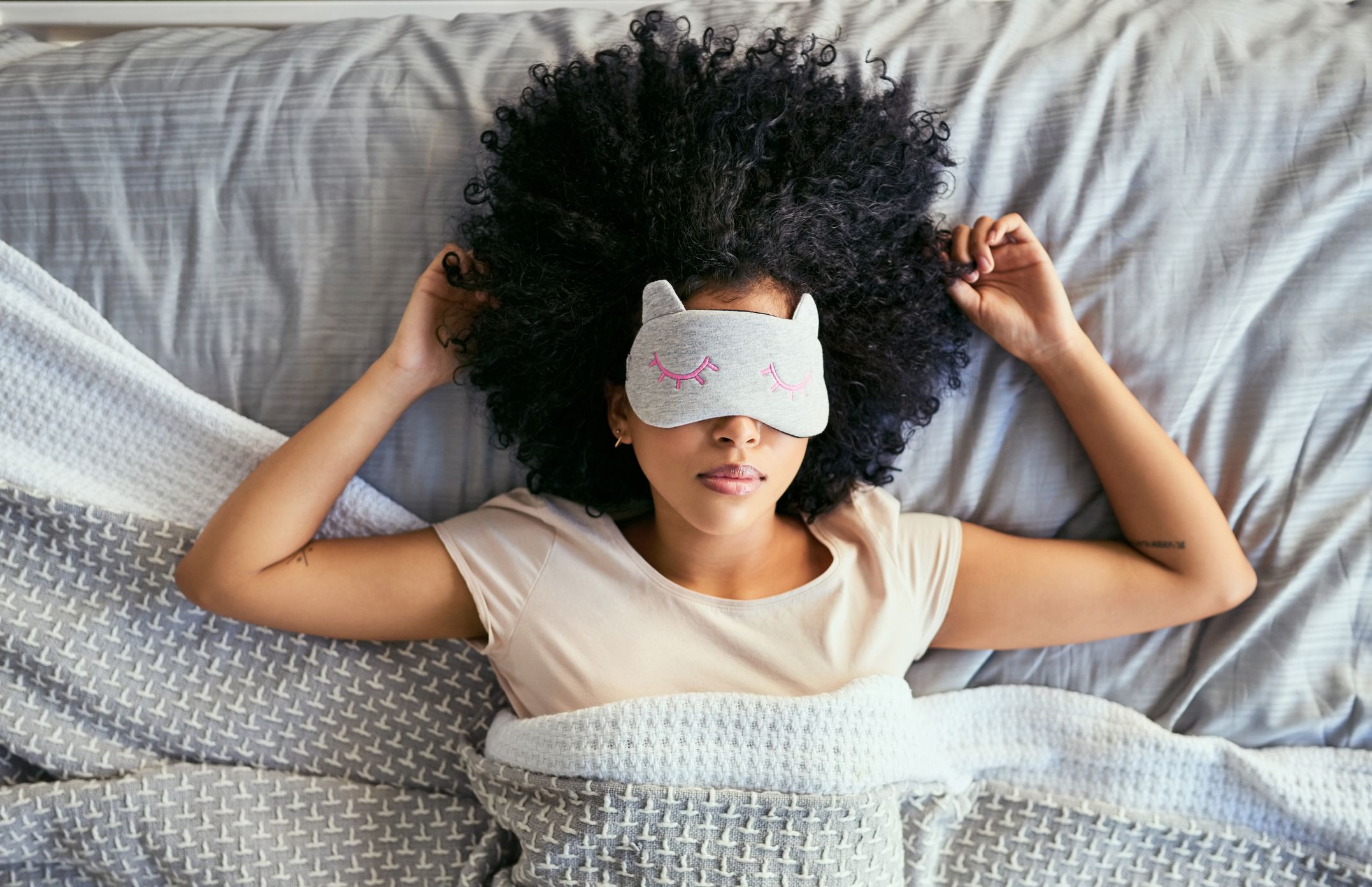
Sleeping on your back makes you more likely to experience sleep apnea. For people with sleep apnea, back sleeping is the worst position to sleep in. If you sleep on your back, your mouth has a tendency to fall open. This changes the shape of your upper airway. Gravity increases the tendency for your jaw, tongue and soft palate to drop back toward your throat, which narrows your airways and can lead to increased breathing difficulties.
In addition to sleep apnea, back sleeping can also make snoring worse, so people with sleep apnea need to avoid sleeping on their back.
2. Stomach Sleeping
In this position, you sleep on your stomach with head turned to the side, and your arm wrapped around or tucked under a pillow.
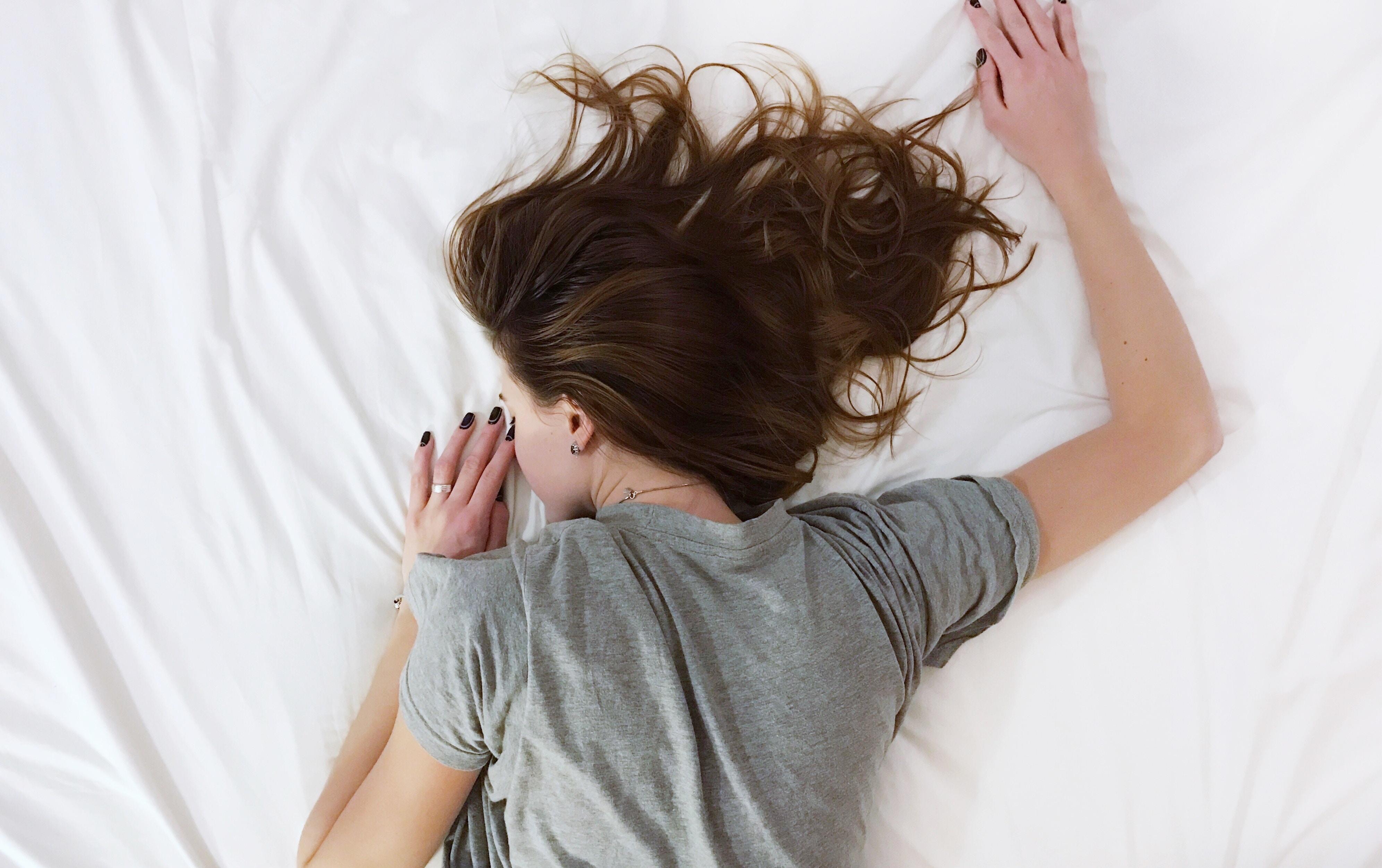
Sleeping on your stomach is better than your back if you have sleep apnea. In general, stomach sleeping is good for people with sleep apnea. It puts gravity on your side and moves your mouth and throat tissues forward, reducing the chance that they will cause airway obstruction.
Be sure to take care not to let your pillow partially block your nose or mouth, which can make it difficult to breathe properly. However, if you have neck pain or lower back pain, this position could make it worse.
3. Side Sleeping
Those who sleep in a side position often have knees and legs bent, curled toward your torsos, and sleep in the fetal position.

Side sleeping is the best sleep position to prevent sleep apnea. Sleeping on your left side reduces sleep apnea more than sleeping on your right side. It creates optimal blood flow and minimizes the chance of airway obstruction, thereby reducing the number of apneas per night.
Research has suggested that lying on your side appears to be ideal for people who suffer from sleep apnea, as their airways are more stable and less likely to collapse or restrict air. Side sleeping has other benefits. For example, it has been shown to reduce insomnia and relieve gastroesophageal reflux. It also helps to keep the spine in proper alignment.
Conclusion
Breathing problems during sleep are often related to an unhealthy sleeping position, which plays an important role in your sleep quality and can often make the difference between having a good night’s sleep or not. If you think your sleeping position is influencing your sleep apnea, it may be time to consider positional therapy to start to sleeping in quieter, healthier position that can help relieve your symptoms.
